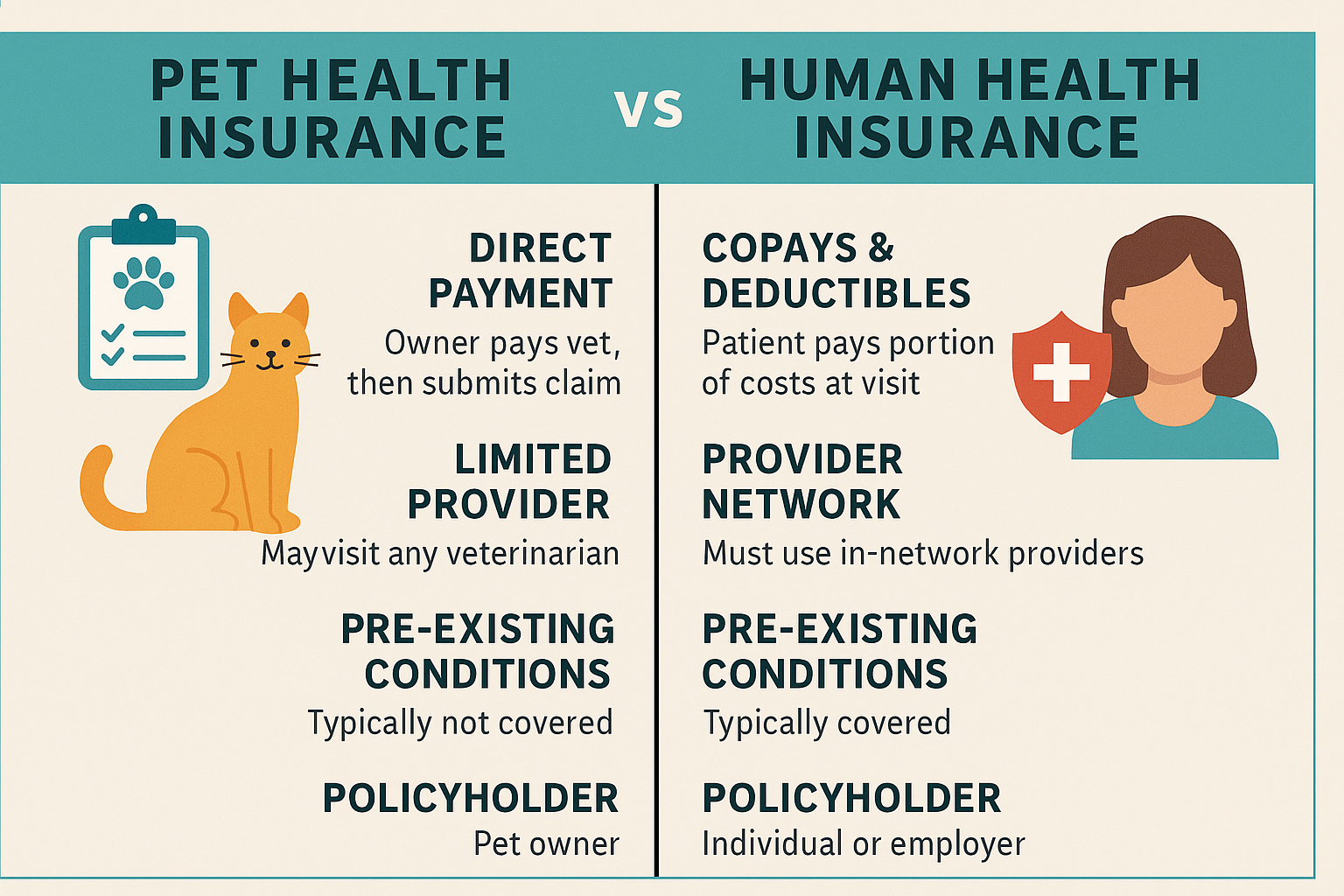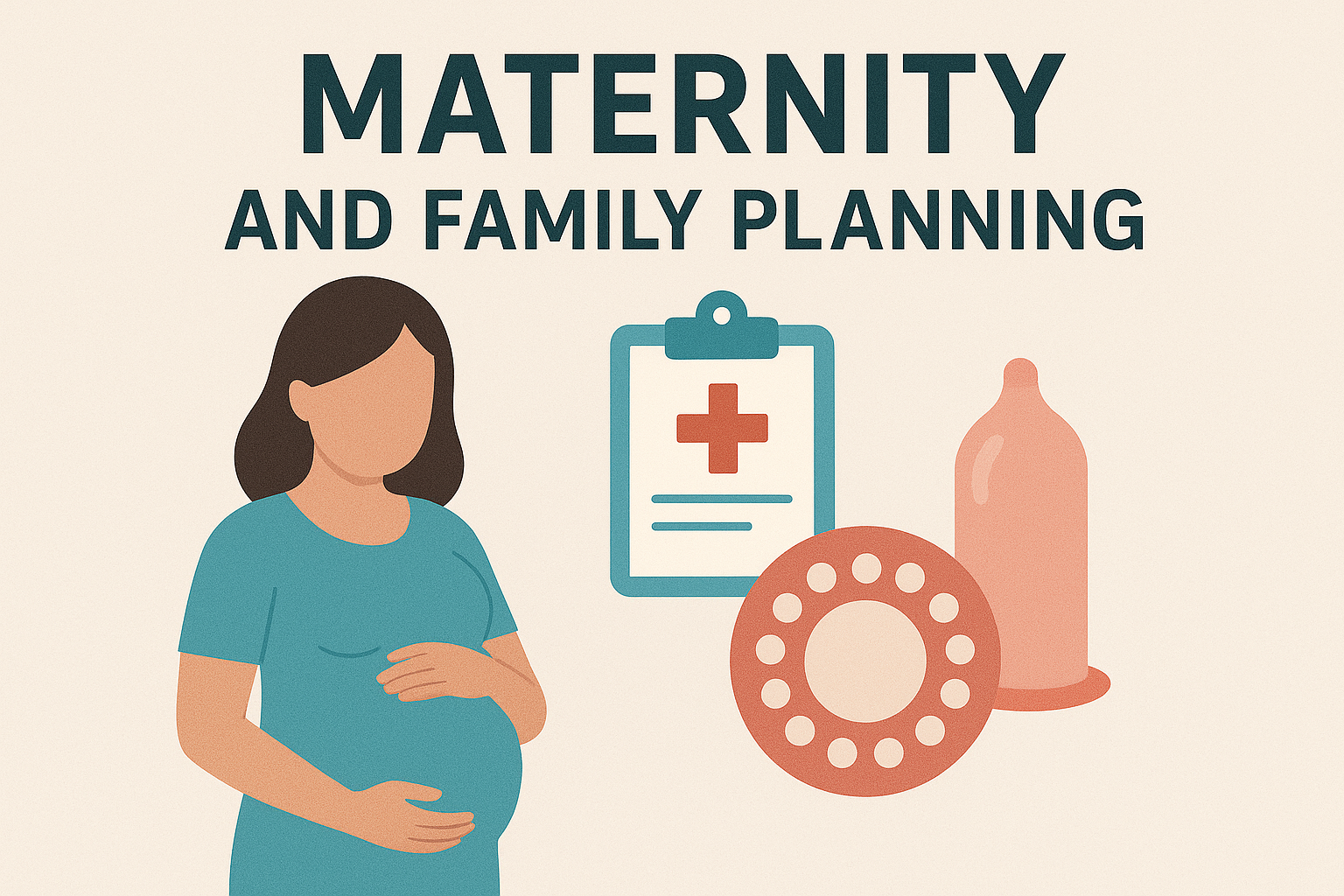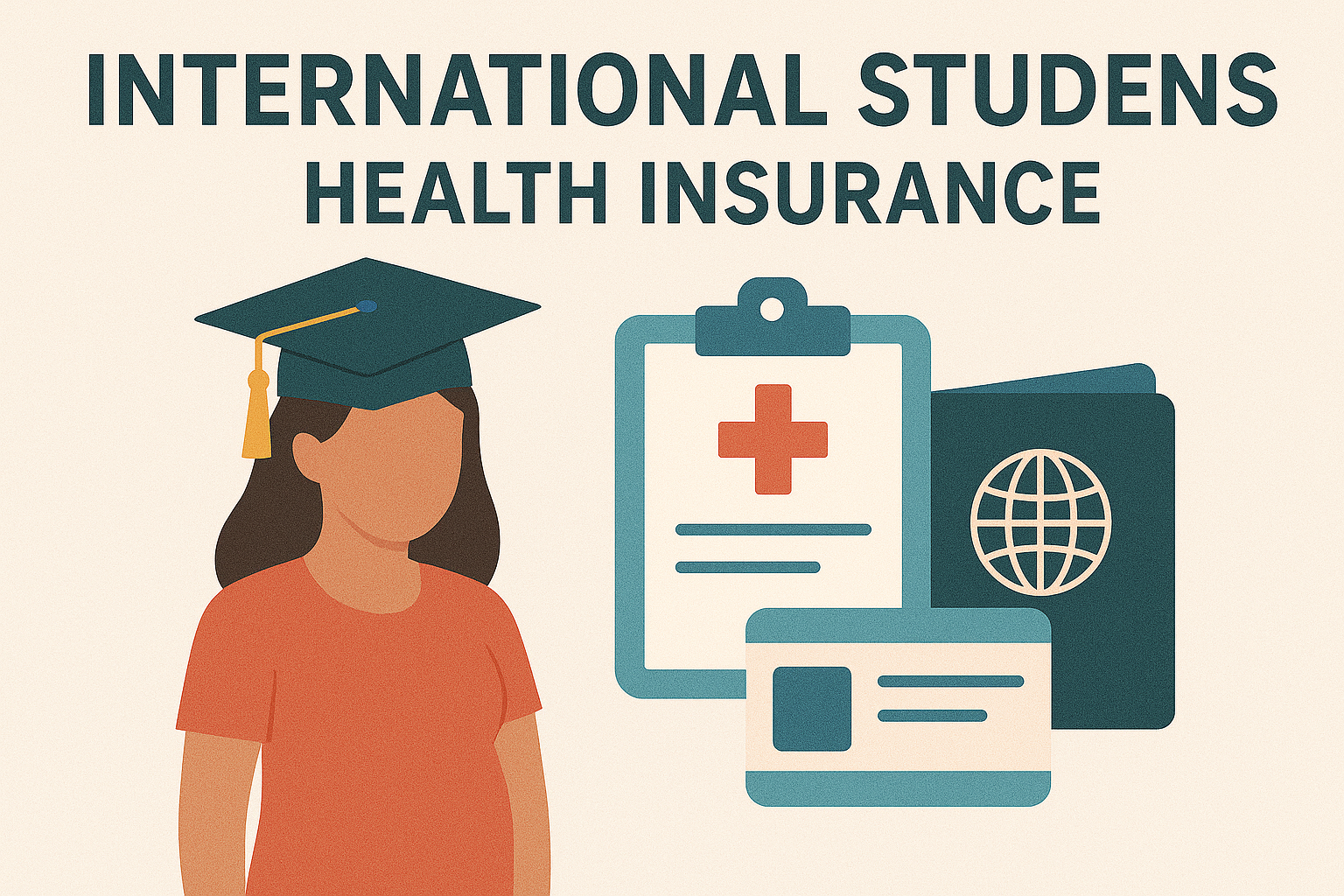
What Services Are Covered Under Most Health Insurance Plans?
When choosing a health insurance plan, one of the most important questions individuals ask is: “What services are covered?” In 2025, understanding the range of healthcare services typically included in most health insurance policies is essential for making informed decisions about your medical and financial well-being. Most standard health insurance plans are designed to cover a wide array of essential health benefits, mandated by regulations such as the Affordable Care Act (ACA) in the United States. These benefits ensure that policyholders have access to preventive, emergency, and chronic care services without being overwhelmed by out-of-pocket expenses. Whether you’re enrolled in an employer-sponsored plan, an ACA marketplace policy, or a private insurance product, knowing what services are covered can help you utilize your benefits more effectively and avoid denied claims.
Health insurance plans generally include coverage for preventive care, which is a cornerstone of modern healthcare strategy. Preventive services such as annual physical exams, immunizations, screenings for conditions like diabetes and cancer, and wellness visits are covered at no cost to the patient when performed by an in-network provider. These services are vital for early detection and long-term health maintenance, and insurers emphasize them to reduce the incidence of high-cost treatments in the future. Preventive care helps individuals stay healthy and catch potential issues before they develop into serious conditions requiring more intensive care.
Another major category covered by most health insurance plans includes hospitalization and emergency services. This encompasses inpatient care for illnesses, surgeries, and injuries that require overnight stays or extended treatment. Coverage typically includes hospital room charges, surgical procedures, nursing care, and related services. Emergency care, whether due to an accident, severe illness, or other urgent health situations, is also covered, regardless of whether the care is received in-network or out-of-network. This ensures patients receive the critical help they need without worrying about network status during emergencies.
Prescription drug coverage is also a standard feature in most health insurance policies. Plans categorize medications into tiers, with different copay or coinsurance levels based on whether the drug is generic, brand-name, or specialty. While specific formularies vary from plan to plan, insurers are required to include at least one drug in every therapeutic category and class, making a wide range of medications accessible. This benefit is particularly crucial for individuals managing chronic conditions such as hypertension, asthma, or mental health disorders, where ongoing medication is essential.
Outpatient services, also known as ambulatory care, are included in nearly all insurance plans. These are medical services that do not require hospital admission, such as visits to a primary care physician, specialist consultations, diagnostic tests like X-rays and MRIs, and minor procedures. Outpatient coverage plays a crucial role in ensuring continuity of care and supporting patients with manageable health concerns through regular and accessible treatment.
Mental health and substance use disorder services are another key benefit category mandated in many health insurance plans. This includes therapy, counseling, inpatient psychiatric services, and treatment for substance abuse. In 2025, the growing awareness of mental health has led to broader and more equitable coverage across many plans. Telehealth options have further expanded access to mental health care, allowing patients to receive support from the comfort of their homes.
Maternity and newborn care are typically included as well, covering prenatal visits, labor and delivery, and postnatal care for both mother and baby. This coverage ensures expecting parents receive comprehensive care throughout the pregnancy journey and after childbirth. Pediatric services, including routine check-ups, immunizations, and dental and vision care for children, are also generally included in family plans, ensuring that dependents receive age-appropriate healthcare.
In addition to these essential services, many health insurance plans also offer rehabilitative and habilitative services, such as physical therapy, occupational therapy, and speech-language pathology. These services help patients recover from injuries or improve skills needed for daily living. Laboratory services, chronic disease management, and preventive screenings are also typically covered to support overall wellness and early diagnosis.
In conclusion, most health insurance plans in 2025 are structured to offer broad and essential health coverage that spans preventive, emergency, chronic, and rehabilitative care. By understanding what services are included in your health insurance plan, you can make more informed healthcare choices, reduce unexpected expenses, and ensure you’re taking full advantage of your coverage. Whether you’re managing a chronic illness, planning for a family, or simply maintaining your health, knowing your benefits gives you the confidence to navigate the healthcare system effectively and affordably.



